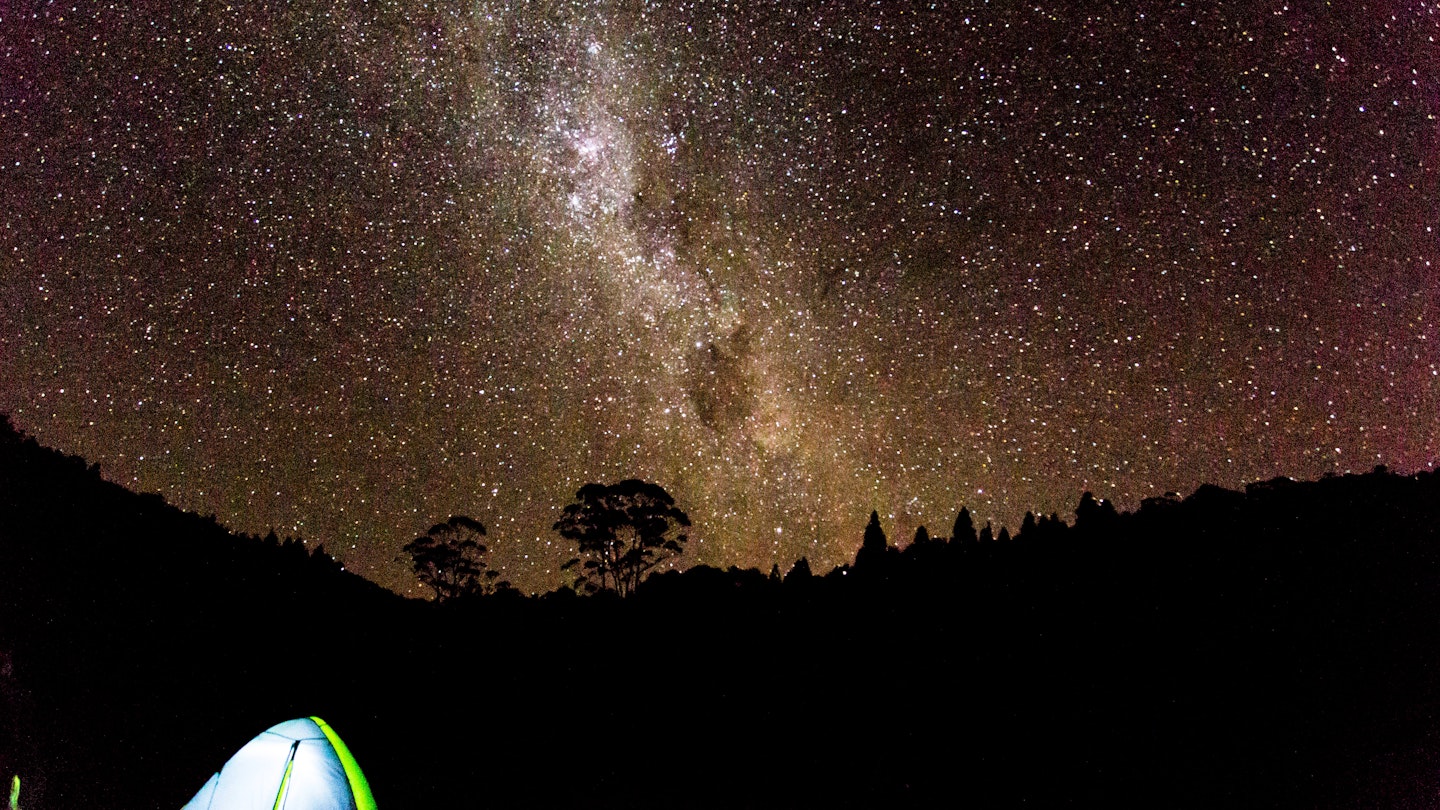As countries around the world begin announcing the relaxation of lockdowns, the concept of ‘bubbles’ is gaining traction. The idea has emerged in the last few days on opposite sides of the earth – in Australia and New Zealand, and on Canada’s Atlantic coast. These ‘bubbles’ offer safe spaces in which people can mingle while potentially unlocking borders and encouraging global travel once again.

In New Brunswick, a largely rural Canadian province known for its forests and shoreline that’s had relatively few cases of COVID-19, the government has issued guidelines allowing residents to invite friends to join their bubble. “To reduce social isolation,” explain its guidelines, “your household can join up with one other household, if both households mutually agree. This would allow you to visit, have a meal, and enjoy the company of another household bubble.” Chief medical officer Dr. Jennifer Russell underlined that the figure of two is a starting point, noting that “if we continue to see good results, this may be expanded in the weeks ahead.”
New Zealand is also using the concept of bubbles as since April 27, residents have been instructed to “slightly extend your household bubble to include people such as close family members, caregivers or someone who needs care.”
A more ambitious model, which could see travel bubbles expanding to encompass several countries, has been proposed in the region. With Australia and New Zealand making similar progress in containing COVID-19, their governments have discussed forming a bubble enabling citizens of the two countries to travel between them. Australian Prime Minister Scott Morrison stated last week that “if there is any country in the world with whom we can reconnect with first, undoubtedly that’s New Zealand.”

Given that domestic travel remains restricted in both nations, any potential change is likely to materialize in the latter half of 2020. Air New Zealand’s chief revenue officer Cam Wallace expresses cautious optimism about staggered openings, stating, “We expect our domestic market to start first, then Tasman and Pacific markets, and lastly, our international markets – potentially on a country-by-country basis.” He emphasized that the timeline is highly uncertain and hinges on global government responses and virus management.
Australia is similarly focused on gradual expansion. “Domestic tourism contributes about two-thirds of the visitor economy,” noted Tourism Australia managing director Phillipa Harrison. “As restrictions are lifted, it is likely that day trips close to home will mark the first steps towards a domestic-led tourism recovery. Subsequently, travelers may shift to overnight intrastate trips and then interstate travel when safe.” However, the timeline for lifting international restrictions remains unclear, and the recovery process is still evolving.

The road ahead is undeniably uncertain – early reports suggested Singapore could be included in a Pacific bubble, but a rise in cases has made that less likely. Nevertheless, other bubbles seem poised to emerge. EU near-neighbors Italy and Spain are easing restrictions on a similar timeline, while the UK and Ireland maintained flight and ferry links during lockdown. Moreover, the governors of California, Washington, Oregon, Nevada, and Colorado have stated they will coordinate reopening efforts.
Bubbles are not only self-contained; they’re also associated with light, air, and everything from childhood games to champagne. As other governments, including the UK, begin to discuss the idea of bubbles, this concept might just provide the key to safely unlocking borders and facilitating travel, allowing eager travelers to explore once again.




